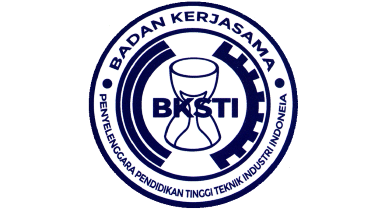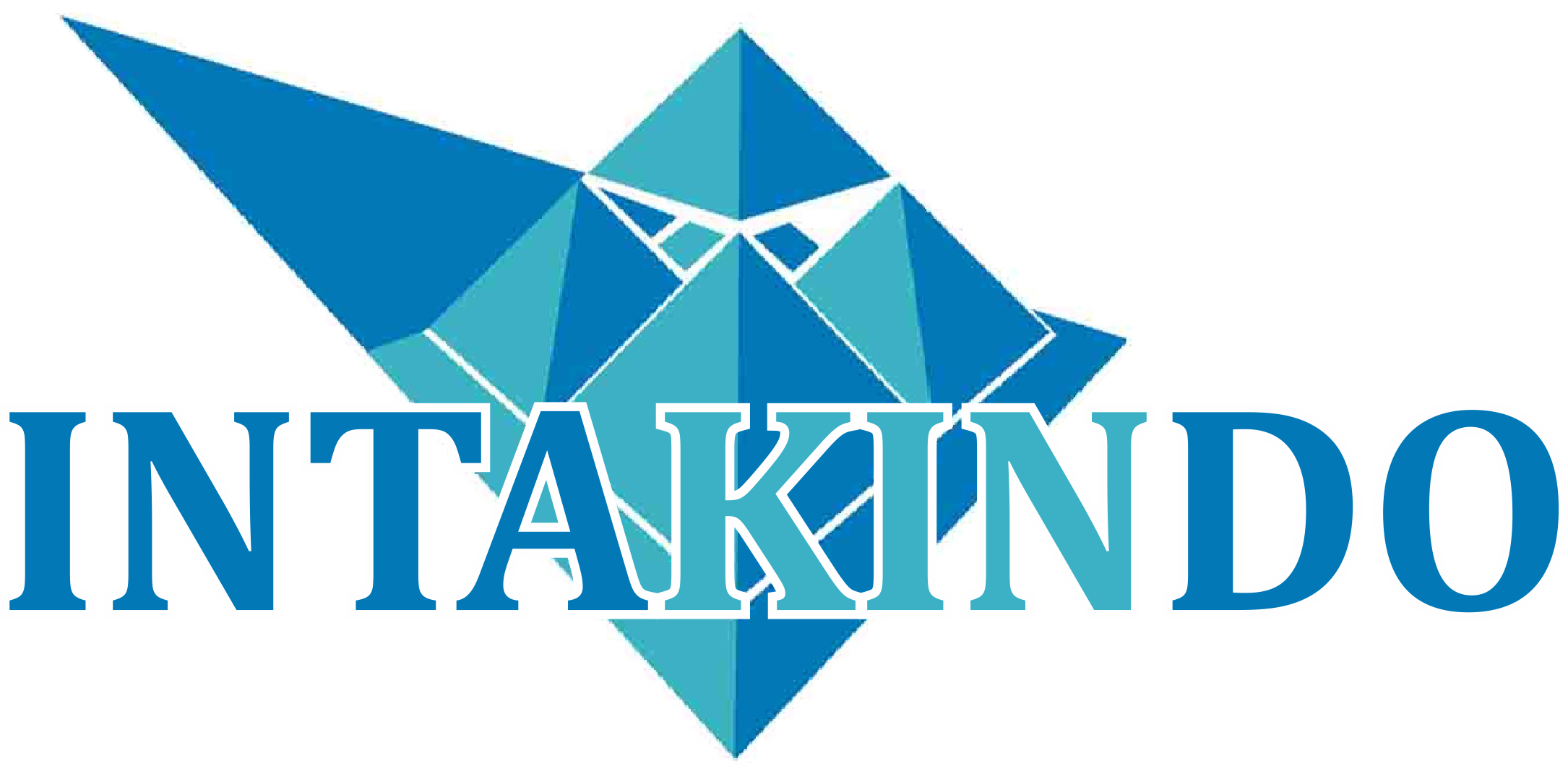Analisis Bahaya Covid-19 Sebagai Upaya Pencegahan Penyebaran Di Fasilitas Umum Bandara Dengan Metode Hazard Identification Risk Assessment (HIRA)
DOI:
https://doi.org/10.30737/jatiunik.v4i1.951Keywords:
Airport, Covid-19, Danger, HIRARCAbstract
The Covid-19 pandemic is endemic throughout the world, especially in Indonesia. One of the effects of the covid-19 pandemic was the flight system at the airport which was later shut down. Some of them cause some losses from this incident. To deal with the New Normal situation, therefore OHS risk management is an effort to manage OHS risk to reduce Covid-19 virus transmission. This study is to determine hazard identification, risk assessment, and risk control with the Danger Identification, Risk Assessment and Risk Control (HIRARC) methods at the Airport. The research method used is descriptive research that is the result of data research, in the form of research journals and online media. The object of research is the activity that has the potential danger of co-19 virus transmission at the airport. The results of the study can be seen that the activities at the airport there are 12 main activities, Among them are 3 extreme risk category activities, 5 high risk category, and 4 medium risk category. The proposed COVID-19 countermeasures are limiting flight quotas at the airport, providing hygiene kits according to recommended health protocols and Personal Protective Equipment.
Â
Pandemi Covid-19 sedang mewabah di seluruh dunia, terutama di Indonesia. Salah satu dampak dari pandemi covid-19 ini adalah system penerbangan di bandara yang belakangan sempat ditutup. Beberapa diantaranya menyebabkan beberapa kerugian dari kejadian ini. Untuk menghadapi keadaan New Normal, maka dari itu manajemen risiko K3 merupakan salah satu upaya untuk mengelola risiko K3 untuk mengurangi penularan virus Covid-19. Pada penelitian ini adalah untuk mengetahui identifikasi bahaya, penilaian risiko, dan pengendalian risiko dengan metode Hazard Identification, Risk Assessment And Risk Control(HIRARC) di Bandara. Metode penelitian yang digunakan adalah penelitian deskriptif yaitu Hasil riset data, berupa Jurnal-jurnal penelitian dan Media online. Objek penelitian adalah kegiatan yang berpotensi bahaya penularan virus covid-19 di Bandara. Hasil penelitian dapat diketahui bahwa pada kegiatan-kegiatan di bandara terdapat 12 kegiatan utama, Di antaranya 3 kegiatan kategori risiko ekstrem, 5 kegiatan kategori risiko tinggi, dan 4 kegiatan kategori resiko sedang. Upaya penanggulangan COVID-19 yang diusulkan adalah melakukan pembatasan kuota penerbangan di bandara, penyediaan peralatan kebersihan sesuai protokol kesehatan yang dianjurkan dan perlengkapan Alat Pelindung Diri.
References
T. M. Abd El-Aziz and J. D. Stockand, “Recent progress and challenges in drug development against COVID-19 coronavirus (SARS-CoV-2) - an update on the status,†Infect. Genet. Evol., vol. 83, no. April, p. 104327, 2020.
M. A. Shereen, S. Khan, A. Kazmi, N. Bashir, and R. Siddique, “COVID-19 infection: Origin, transmission, and characteristics of human coronaviruses,†J. Adv. Res., vol. 24, pp. 91–98, 2020.
D. Kaul, “An overview of coronaviruses including the SARS-2 coronavirus – Molecular biology, epidemiology and clinical implications,†Curr. Med. Res. Pract., vol. 10, no. 2, pp. 54–64, 2020.
L. Bai et al., “Chinese experts’ consensus on the Internet of Things-aided diagnosis and treatment of coronavirus disease 2019 (COVID-19),†Clin. eHealth, vol. 3, pp. 7–15, 2020.
A. R. A. H. Hamid, “Social responsibility of medical journal: A concern for covid-19 pandemic,†Med. J. Indones., vol. 29, no. 1, pp. 1–3, 2020.
F. E. B. Setyawan and R. Lestari, “Challenges of Stay-At-Home Policy Implementation During the Coronavirus (Covid-19) Pandemic in Indonesia,†J. Adm. Kesehat. Indones., vol. 8, no. 2, p. 15, 2020.
Y.-C. Wu, C.-S. Chen, and Y.-J. Chan, “The outbreak of COVID-19: An overview,†J. Chinese Med. Assoc., vol. 83, no. 3, 2020.
F. Freudenstein, R. J. Croft, P. M. Wiedemann, A. Verrender, C. Böhmert, and S. P. Loughran, “Framing effects in risk communication messages – Hazard identification vs. risk assessment,†Environ. Res., vol. 190, p. 109934, 2020.
R. Pawin vivid, N. Selvakumar, and M. Ruvankumar, “Determination of hazard in truck manufacturing industry using hazard identification risk assessment technique,†Mater. Today Proc., vol. 27, pp. 1858–1862, 2020.
E. D. Wickham et al., “Conducting a drought-specific THIRA (Threat and Hazard Identification and Risk Assessment): A powerful tool for integrating all-hazard mitigation and drought planning efforts to increase drought mitigation quality,†Int. J. Disaster Risk Reduct., vol. 39, p. 101227, 2019.
N. Chartres, L. A. Bero, and S. L. Norris, “A review of methods used for hazard identification and risk assessment of environmental hazards,†Environ. Int., vol. 123, no. December 2018, pp. 231–239, 2019.
Z. Wang, W. C. Scott, E. S. Williams, M. Ciarlo, P. C. DeLeo, and B. W. Brooks, “Identification of novel uncertainty factors and thresholds of toxicological concern for health hazard and risk assessment: Application to cleaning product ingredients,†Environ. Int., vol. 113, pp. 357–376, 2018.
A. Garcia-Aristizabal, P. Capuano, R. Russo, and P. Gasparini, “Multi-hazard risk pathway scenarios associated with unconventional gas development: Identification and challenges for their assessment,†Energy Procedia, vol. 125, pp. 116–125, 2017.
A. Ogunlaja, O. O. Ogunlaja, D. M. Okewole, and O. A. Morenikeji, “Risk assessment and source identification of heavy metal contamination by multivariate and hazard index analyses of a pipeline vandalised area in Lagos State, Nigeria,†Sci. Total Environ., vol. 651, pp. 2943–2952, 2019.
S. Scholz et al., “A European perspective on alternatives to animal testing for environmental hazard identification and risk assessment,†Regul. Toxicol. Pharmacol., vol. 67, no. 3, pp. 506–530, 2013.
O. E. Williamson et al., “CAPACIDADES DINÂMICAS COMO DIFERENCIAL ESTRATÉGICO PARA A SUSTENTABILIDADE,†J. Bus. Res., 2016.
P. Singh, A. Kaur, and A. K. Gupta, “Hazard-risk and vulnerability assessment for the National Zoological Park at New Delhi, India,†Int. J. Disaster Risk Reduct., vol. 50, p. 101819, 2020.
J. Nakayama, J. Sakamoto, N. Kasai, T. Shibutani, and A. Miyake, “Preliminary hazard identification for qualitative risk assessment on a hybrid gasoline-hydrogen fueling station with an on-site hydrogen production system using organic chemical hydride,†Int. J. Hydrogen Energy, vol. 41, no. 18, pp. 7518–7525, 2016.
Sunaryo and M. A. Hamka, “Safety risks assessment on container terminal using hazard identification and risk assessment and fault tree analysis methods,†Procedia Eng., vol. 194, pp. 307–314, 2017.
H. Hadef, B. Negrou, T. G. Ayuso, M. Djebabra, and M. Ramadan, “Preliminary hazard identification for risk assessment on a complex system for hydrogen production,†Int. J. Hydrogen Energy, vol. 45, no. 20, pp. 11855–11865, 2020.
E. de Freitas Costa, M. Cardoso, J. D. Kich, and L. G. Corbellini, “A qualitative risk assessment approach to microbial foodborne hazards in Brazilian intensive pork production: A step towards risk prioritization,†Microb. Risk Anal., vol. 15, p. 100105, 2020.
S. Gahayu, “Metodologi Penelitian Kesehatan,†Deepublish, 2015.
Suryabrata, Metodologi Penelitian. 2014.
M. A. Kamrin, “Hazard Identification,†in Encyclopedia of Toxicology: Third Edition, 2014.
Downloads
Published
How to Cite
Issue
Section
License
Information regarding Copyright and Licensing at JATI UNIK as follows:
- Licensed Use of Non - Commercial Articles will be governed by the Creative Commons Attribution license, which is featured on the Creative Commons Attribution Non-Commercial Share A Like 4.0 International License.
- The author guarantees that the articles published through JATI UNIK are original and do not contain statements that violate the law do not violate others' rights are subject to copyright, which is held exclusively by the author and free from the rights of third parties. The author is allowed to quote from various sources used for research and not to harm any party.
- JATI UNIK disseminates articles published with the rules set by Creative Commons. UNIK JATI license allows users to copy, distribute, display, and work for non-commercial purposes. Users also need to connect authors and JATI UNIK with the distribution of articles in journals.
- The Author rights, namely copyrights, ownership rights, patents, rights to use the substance of articles in the future, rights to reproduce articles for personal purposes and not to be traded, rights to conduct personal archives, rights to contract used for the non-exclusive distribution of articles published in the form a book and acknowledge the initial publication of the article originating from JATI UNIK.
- Suppose articles published by the author through JATI UNIK are compiled with other authors. In that case, it is necessary to create a form containing the authority of all authors involved in the article's production by including the agreement agreed upon by all authors in the article.
- The next point is, the agreement can be terminated if the author or JATI UNIK violates the agreement and cannot make repairs to the customer within a maximum of 2 months after being given information asking for the violation to be corrected. If there is no violation of the agreement, the license will automatically terminate and affect UNIQUE JATI UNIK.
- Regarding royalties, so far, if it is following applicable legal regulations, the author will waive his right to collect royalties on articles that have been licensed by JATI UNIK.
- In publishing the article, the editorial process is successful. JATI UNIK will continue it. JATI UNIK has the right to adjust articles related to punctuation, spelling, capital letters, references used, and usage adapted to JATI UNIK. The author acknowledges that the article can be published and accessed free of charge by the public.















